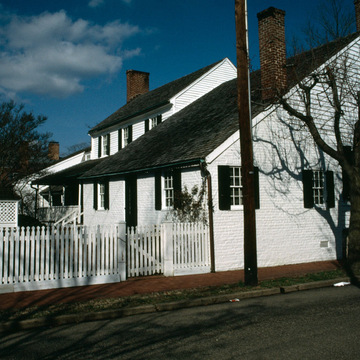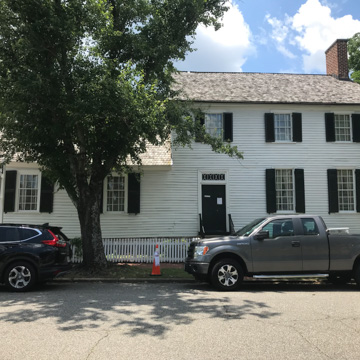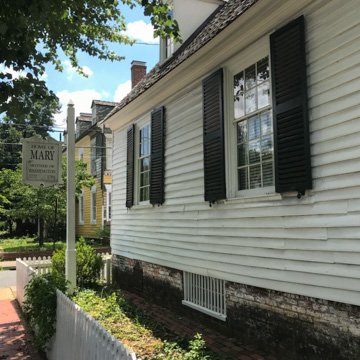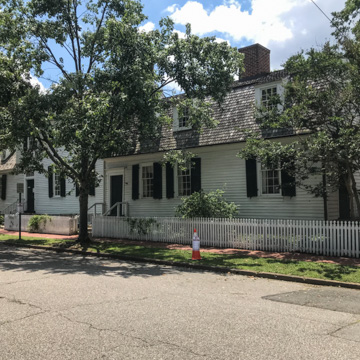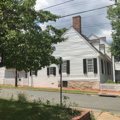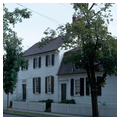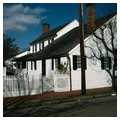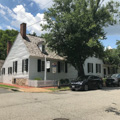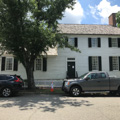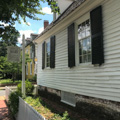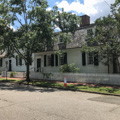The fascination of Americans with George Washington and with his mother, who was notoriously difficult, is evidenced in the preservation of this house. Washington purchased the house so that his mother, Mary Ball Washington, could live near her daughter Betty Lewis (married to Fielding Lewis of Kenmore) and son Charles Washington. He added to it in 1770 and perhaps before her death in 1789. It passed through other hands and more additions were made. In 1890 the APVA, in one of its earliest endeavors, purchased the house to prevent its removal to Chicago for display at the World's Columbian Exposition.
The furnishings include some pieces that date from Mary Washington's occupancy. Architecturally the house is interesting for its various wings and additions and the garden porch. So deep that no sun could reach its inner recesses during a hot summer afternoon, it resembles porches on Tidewater houses. An exposed brick chimney breast can also be seen.
Mary Washington liked to garden, and the garden was restored by the Garden Club of Virginia in 1968. Although it contains some original boxwood, the design is Colonial Revival.
















